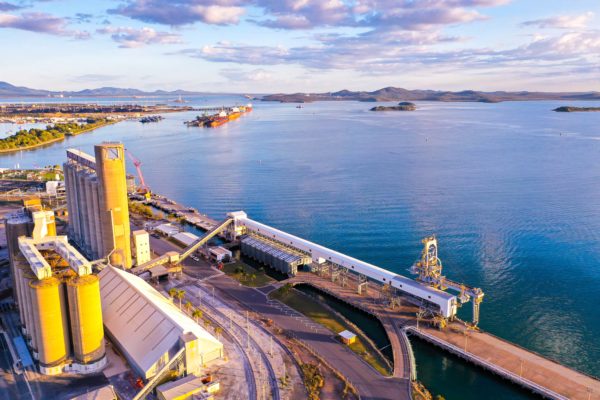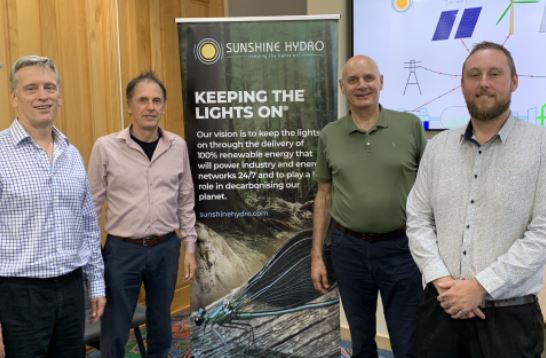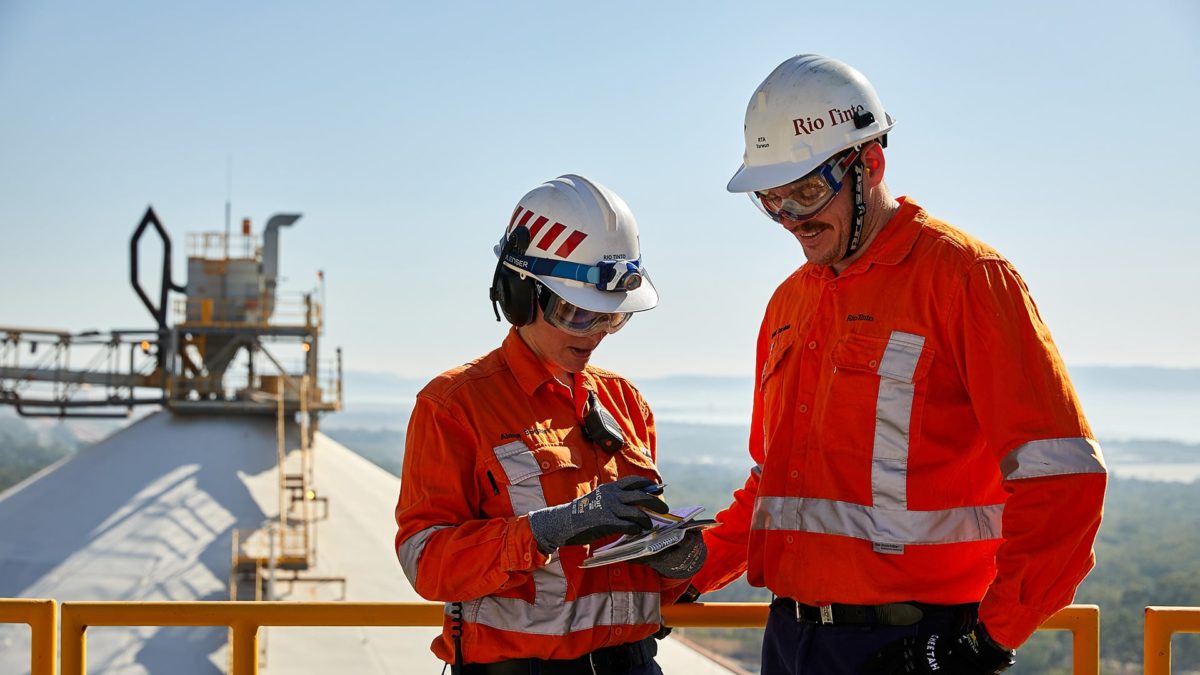Japan’s Sumitomo Corporation will partner with Anglo-Australian mining giant Rio Tinto to develop a 2MW green hydrogen production facility at the miner’s Yarwun refinery in Gladstone and explore the potential of using hydrogen to replace gas in the alumina refining process.
The pilot project, which is expected to produce up to 300 tonnes of green hydrogen per annum, will also supply the Gladstone Hydrogen Ecosystem, a collaboration comprising Sumitomo, the Gladstone Ports Corporation, Gladstone Regional Council, Australian Gas Networks and CQUniversity Australia.
Sumitomo said the ecosystem has been formed to explore opportunities to develop a hydrogen industry in the region and will initially pursue domestic offtake and mobility solutions before moving to enable large-scale export.
The ecosystem will be complemented by the use of hydrogen to replace gas in the alumina refining process at Yarwun, a project which Sumitomo Australia national hydrogen commercialisation manager Alana Barlow said could provide a pathway for reducing emissions in otherwise hard-to-abate industries.
“The project will produce up to 300 tonnes of green hydrogen per annum, but it is how that hydrogen will be utilised which is critical,” Barlow told the Smart Energy Expo in Sydney on Thursday.
“50% of the hydrogen will be used to seed hydrogen ecosystem projects in Gladstone such as mobility. The other 50% will be used by Rio Tinto to test hydrogen in the alumina refining process at Yarwun to demonstrate over a 24-month period the tolerance levels of hydrogen blends with natural gas where we will provide up to 100% hydrogen.
“If successful, this demonstration will be a critical technological victory for reducing carbon emissions and optimising refineries.”

Image: Gladstone Ports Corporation
Barlow said the pilot project, and others like it, are crucial to the development of the hydrogen industry is Australia, saying players need to “show, don’t tell” the community about the benefits.
“It is critical to demonstrate the use of opportunities it presents,” she said. “Small-scale pilot and demonstration labs are essential to this. We need to help people prepare for and take advantage of impending opportunities.”
Barlow said Gladstone is well positioned to take advantage of the opportunities presented by the global transition to a low-emission energy future, with its established infrastructure, manufacturing capabilities, deep-water port, and skilled local workforce.
“Gladstone, and indeed Australia are at the forefront of this new industry and will be well placed to innovate and develop new technologies,” she said.
Rio Tinto said the green hydrogen pilot plant, which was first announced last year, aligned with its emissions reduction targets and would help decarbonise the the aluminium business, which is a heavy user of electricity.
“Rio Tinto has a long relationship with Sumitomo and we are delighted to partner with them to explore the possibilities of hydrogen, not only for our own refinery, but for Sumitomo to supply industry more broadly in Gladstone,” Rio Tinto Australia chief executive Kellie Parker said in a statement.
“Reducing the carbon intensity of our alumina production will be key to meeting our 2030 and 2050 climate targets. There is clearly more work to be done, but partnerships and projects like this are an important part of helping us get there.”
The Sumitomo pilot project is among a suite of green hydrogen projects planned for the Gladstone area, including a massive “superhybrid” project unveiled this week by Queensland developer Sunshine Hydro and Energy Estate.

Image: Sunshine Energy
Valued at up to $5.5 billion, the Flavian project would incorporate 1.8GW of wind generation and 600MW of pumped hydro with 18 hours of storage. The project would also include 300MW of hydrogen electrolysers, 50MW of liquefaction, and a 50MW hydrogen fuel cell.
Sunshine Hydro chair Michael Myer said once fully operational the Flavian superhybrid project will provide 65 tonnes per day of competitively priced green hydrogen for transport and local industry, as well as 220MW of green energy being supplied 24 hours per day, 365 days per year.
“We will apply our innovative closed loop hydropower model, which selects of a clever mix of energy inputs, outputs, and storage, which we call a superhybrid, to generate reliable green power and green hydrogen,” he said.
The project, to be built at Miriam Vale south of Gladstone, is the first of three similarly sized super-hybrid projects that Sunshine Hydro and its partners are developing in Central Queensland.
“The combination of the long-duration pumped hydro combined with the fast-acting response of PEM (polymer electrolyte membrane) electrolysers can provide grid services second to none,” Myer said.
“Our proprietary software AESOP (Advanced Energy Storage Optimising Program) ensures that these services are available around the clock every day of the year even though the renewable energy sources are variable.”
This content is protected by copyright and may not be reused. If you want to cooperate with us and would like to reuse some of our content, please contact: editors@pv-magazine.com.









6 comments
By submitting this form you agree to pv magazine using your data for the purposes of publishing your comment.
Your personal data will only be disclosed or otherwise transmitted to third parties for the purposes of spam filtering or if this is necessary for technical maintenance of the website. Any other transfer to third parties will not take place unless this is justified on the basis of applicable data protection regulations or if pv magazine is legally obliged to do so.
You may revoke this consent at any time with effect for the future, in which case your personal data will be deleted immediately. Otherwise, your data will be deleted if pv magazine has processed your request or the purpose of data storage is fulfilled.
Further information on data privacy can be found in our Data Protection Policy.